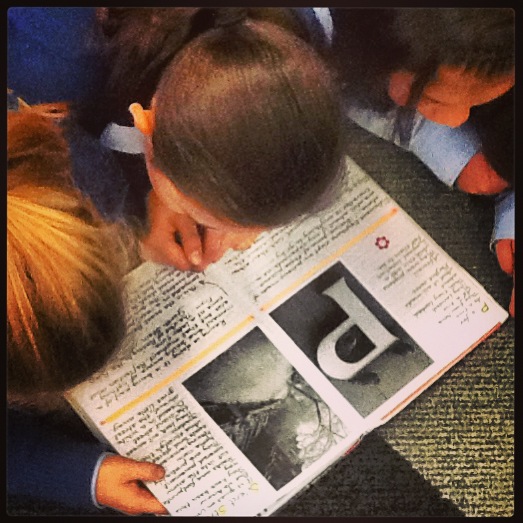Making The Write Start in 2016 Part 4 -Launching Possible Notebook Writing Ideas
After you have shared
your own writer’s notebook students have an example to follow. They
may even use some of the ideas sighted in your notebook(s) to spark writing
ideas of their own.
‘What did you notice when you were looking at my notebook?
Hopefully they notice that as a writer, you choose to write about a range of topics using a range of genres. Hopefully they notice you are a curious collector of potential ideas. Hopefully they notice a mix of fiction and non-fiction writing.
With your students, create an
anchor chart/list of possible notebook inclusions such as:
Lingering questions and
wonderings
Memoir pieces
Opinion pieces
Descriptions of place, people, events
Recounts
Fiction/Fact/ Faction (a blend of fact & fiction) stories
Poems
Reviews
Reports
Recounts
Rants and raves
Lists ( It’s a good idea to show them how it’s done first and how it differs from a mundane shopping list) then compile a list of possible lists such –things that are slow, fast, scary, exciting, boring …
Cut out pictures, headlines, banners, and articles from newspapers and magazines and use them to generate some writing ideas
Collect ephemera such as tickets, photographs, brochures, stickers from places that you visit and things that you do.
Draw maps of favourite places, your route to school, your house, an imaginary land
Collect memorable quotes that spark your thinking and launch writing ideas
Include sketches, illustrations and doodles from which you ‘draw’ inspiration
Write about your family; its traditions, stories and history.
Include references to favourite places, objects, recipes
Tell stories form an earlier time in your life.
Retell stories your family have told you.
Memoir pieces
Opinion pieces
Descriptions of place, people, events
Recounts
Fiction/Fact/ Faction (a blend of fact & fiction) stories
Poems
Reviews
Reports
Recounts
Rants and raves
Lists ( It’s a good idea to show them how it’s done first and how it differs from a mundane shopping list) then compile a list of possible lists such –things that are slow, fast, scary, exciting, boring …
Cut out pictures, headlines, banners, and articles from newspapers and magazines and use them to generate some writing ideas
Collect ephemera such as tickets, photographs, brochures, stickers from places that you visit and things that you do.
Draw maps of favourite places, your route to school, your house, an imaginary land
Collect memorable quotes that spark your thinking and launch writing ideas
Include sketches, illustrations and doodles from which you ‘draw’ inspiration
Write about your family; its traditions, stories and history.
Include references to favourite places, objects, recipes
Tell stories form an earlier time in your life.
Retell stories your family have told you.
In addition:
Take a camera and go for a
walk. Take photos of things you find on the ground, or things you see on walls,
or even things that move. The possibilities are endless. The images you collect
will stimulate your thinking and hopefully spark a new writing idea.
I have always found these words by Ralph Fletcher most pertinent and frequently share them with student writers and their teachers.
‘Writers are like other
people, except for at least one important difference. Other people have daily
thoughts and feelings, but they choose not to take things any further. All the
thoughts, feelings, sensations and opinions pass away with time. Writers’
React! -And they need a place to record those reactions and that’s where a
Writer’s Notebook comes into the picture!’
Ralph Fletcher, A Writer’s
Notebook- Unlocking the Writer Within You









Comments
Post a Comment